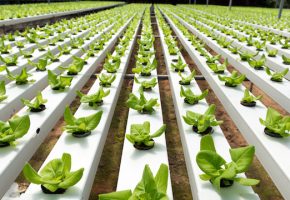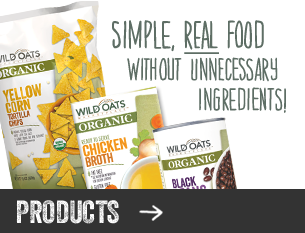OK, is it safe to assume that you know what BPA (Bisphenol A) is, and that you should avoid it? Fellow Oaties Aisleagh did a great review in June – “The Bottom Line on BPA”.
BPA is not good for you, and no one claims that it is! The discussions revolve around “Is BPA bad for you if consumed in small amounts?” The FDA currently says that it is safe … and many other disagree. So, the jury is still out on the size of the risk that BPA poses to our health.
This is a serious topic. Prostate cancer is the #1 cancer in American men. I deal with patients with this cancer diagnosis frequently in my practice. Talk about a bad day! Hearing the words ‘You’ve got cancer” is no fun.
Let’s look at the link between BPA and prostate cancer. A study published this year is the latest paper on the subject. The title of the study sets the stage – “Exposure to bisphenol A correlates with early-onset prostate cancer …” Well, that certainly doesn’t beat around the bush!! Here are a few highlights from that study:
- Human exposure to BPA is ubiquitous (a fancy word for all around)
- Animal studies had previously proven that BPA contributes to prostate cancer development
- They found that men with prostate cancer had higher levels of BPA in their bodies than men without prostate cancer.
- They also found (in the laboratory, not in the men) that low dose exposure to BPA changed normal cell cycle mechanics which could be the reason for the development of prostate cancer
Another recent study specifically looked at BPA exposure in early-life and the increased risk of developing prostate cancer in adulthood. This reality had already been proven with laboratory animals who were exposed to low dose BPA as juveniles and later developed prostate cancer. The results suggest that the BPA functioned as an endocrine disruptor and altering how the cells in the prostate changed with aging. In this study, the researchers took healthy prostate cells and exposed them to low dose BPA. The results are super technical but here is a simple and understandable quote from study: “Together, the present findings demonstrate that human prostate stem-progenitor cells are direct BPA targets and that developmental exposure to BPA at low doses increases hormone-dependent cancer risk in the human prostate ..”
So, you get it .. right?!? If you are a male and you would like to avoid a prostate cancer diagnosis, one thing that you should do is to limit your exposure to BPA, from infancy onward. There are any number of other studies related to BPA and different cancers and health issues. I just picked the prostate cancer connection for this message. Oh, and just to be clear … if you were able to avoid BPA completely for your whole life, there is still no guarantee that you won’t development prostate cancer. There are any number of other endocrine disruptors and other things that can still cause problems. It is part of my mantra “Be aware and use good judgment”. Avoid BPA!! And, yes, as Aisleagh mentioned in her message, all Wild Oats products come in BPA free packaging. Hey, we have got to love that!!!
Additional Resources:
General Info on BPA from Mayo Clinic


 Contact us
Contact us





